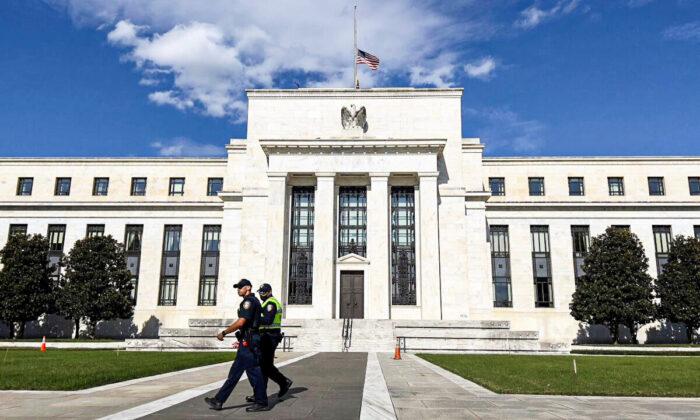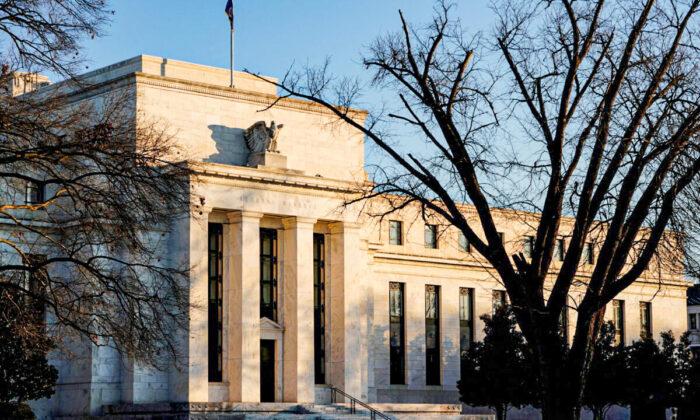First, it was the Federal Reserve, then the Bank of England, and finally the European Central Bank have announced the end of their Quantitative Easing programs. By the end of March, all three central banks are expected to end their large-scale asset purchase programs, except for the European Central Bank, which will only end its pandemic emergency program.
So far, only the Bank of England has started to raise short-term interest rates, but the Fed is expected to follow suit at its March Federal Open Market Committee meeting. The European Central Bank will start tapering its regular asset purchase program in the second quarter, and it is unknown whether the European Central Bank will raise rates before ending all its asset purchases.
These large-scale asset purchase programs have been credited with saving the global economy from the depths of the pandemic by inflating home prices and stock prices, and even creating consumer price inflation. Trillions of dollars flooded the global financial system and, after dousing the deflationary spiral of the pandemic, the spigots are finally being shut off.
Investors, who were extremely bullish about stock prices as they believed in the mythic powers of central bankers to raise asset prices, seem even more bullish today. Dips or declines in stock prices are aggressively being bought as investors believe even higher stock prices are in their future.
While it makes little sense that stock prices can continue their ascent without the aid of central bank liquidity injections, investors continue to plow money into stocks. Shortly after the Fed began its taper, the highs of the market started showing up in the rear-view mirror.
With the next decrease in asset purchases starting next week, stocks will be put to the test to see if they can rally without the help of the Fed, or if they will continue to fall. While investors remain bullish and committed to pouring more money into stocks, they are also completely convinced that interest rates must rise as central banks cease their bond purchases.
Several news outlets and pundits are reporting that the supply of marketable government debt hitting the market is soon to increase as central banks end their purchase programs and potentially start reducing their balance sheets. Yet, there is no evidence to support that there will be a flood of government debt hitting the markets, as Quantitative Easing programs are nothing more than an asset swap.
The asset swap occurs when the Fed purchases a U.S. Treasury or Mortgage-Backed Security from a commercial bank. The commercial bank initially purchases the bonds as it is required to back deposits with loans or interest-bearing securities. All the Fed is doing with the asset swap is reducing the average duration of the securities the bank is holding from three to five years, to overnight.
All the Fed is doing is forcing the commercial banks to purchase a specific quantity of Treasury Notes and Bonds, and Mortgage-Backed Securities of specific durations. By ending Quantitative Easing, the commercial banks will be free to purchase Treasury or Mortgage-Backed securities of any duration to back their deposits.
There is little to no evidence to suggest the commercial banks will not continue purchasing bonds of similar type and duration without the Fed forcing them to do so. Nor is there any evidence to suggest the commercial banks will need fewer bonds or sell off their bonds, as customer-deposited cash needs to be backed by an interest-bearing security either in the form of a bond or a loan.
The only reason banks would start shedding bonds is if deposits suddenly started declining, which is unlikely, or lending growth started outpacing deposit growth. While it is possible that lending growth could dramatically increase, since the Great Financial Crisis, lending growth has fallen well behind deposit growth.
Even without the support of the Fed, it is unlikely that interest rates will substantially rise as demand for bonds from commercial banks is likely to remain high. According to the Fed’s weekly H.8 report covering Assets and Liabilities of All Commercial banks, lending demand is flatlining. Even if lending demand picks up, foreign demand for U.S. government debt remains high.
Due to the persistent and large trade deficit, dollars flow out of the United States to our foreign trading partners. Many of those dollars are recycled back into the U.S. as our foreign trading partners purchase U.S. Treasury Securities as a way to generate interest on their dollar savings.
With a large number of ships still anchored off the California coast waiting to unload, the trade deficit is likely to remain large for the foreseeable future. Even if lending growth does increase, foreign demand for U.S. government debt is expected to remain strong for the months to come.
While many believe the end of Quantitative Easing will lead to higher interest rates, the design of our commercial banking system and global monetary system suggests otherwise. Interest rates are likely to remain low and head lower due to persistent demand from commercial banks and our foreign trading partners.





